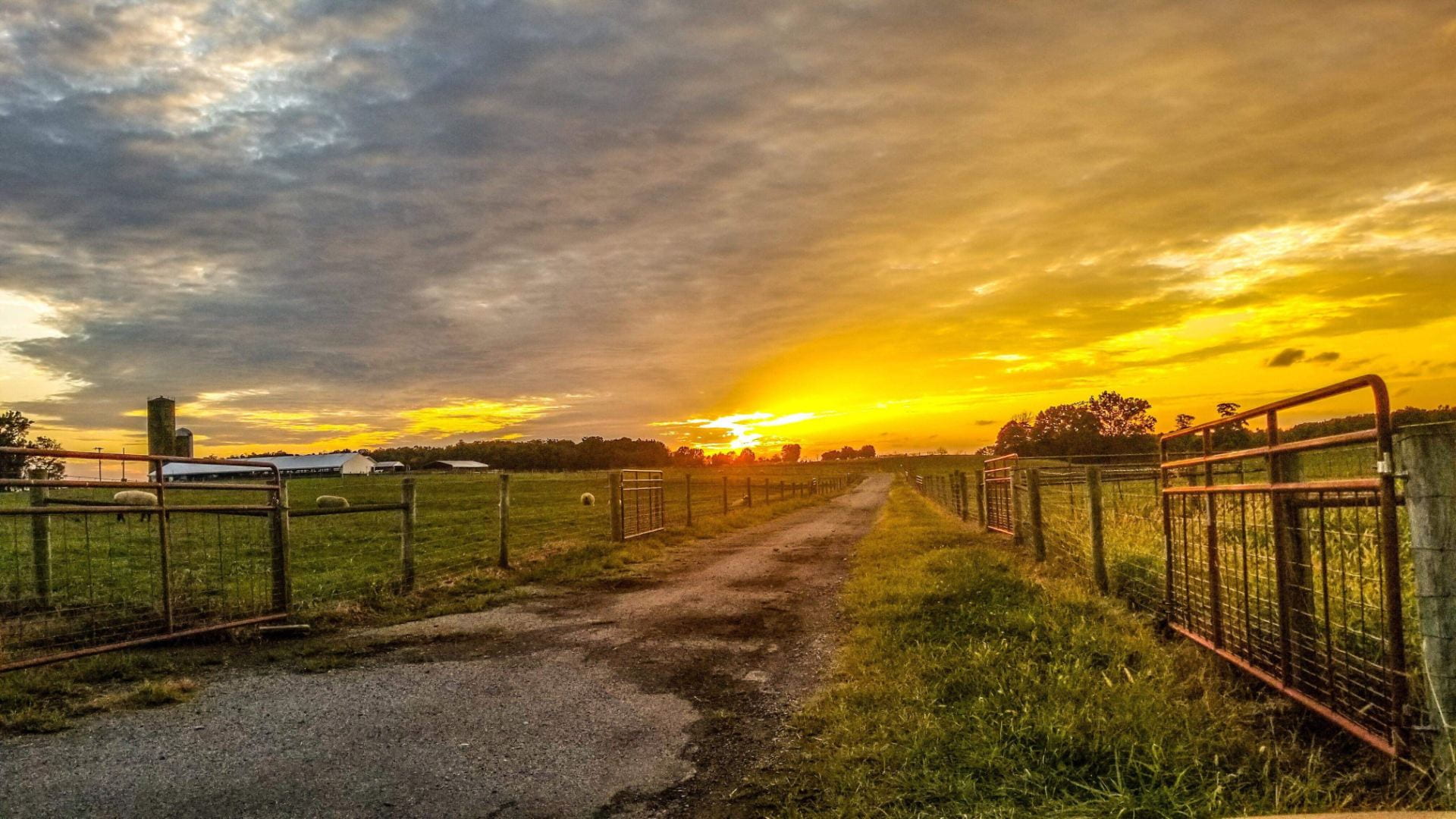Dr. Emma Matcham, Assistant Professor, OSU Integrated Forage Systems Specialist
Dr. Eugene Law, Assistant Professor, OSU Weed Ecology
Dr. Ted Wiseman, OSU Extension ANR Educator, Perry County
Fall is an important time of year for managing perennial weeds in forage crops, especially pastures. Some weed issues were exacerbated in 2025 due to last year’s drought, and we’ve seen many pastures and hayfields with high levels of hemp dogbane, milkweed, Canada thistle, and others. Perennial species can be particularly hard to control since their root systems and other underground structures allow them to regrow quickly after their above ground structures are killed. Fall is an important window for perennial species control, since actions taken now can reduce the amount of energy they store underground for next year.
an important time of year for managing perennial weeds in forage crops, especially pastures. Some weed issues were exacerbated in 2025 due to last year’s drought, and we’ve seen many pastures and hayfields with high levels of hemp dogbane, milkweed, Canada thistle, and others. Perennial species can be particularly hard to control since their root systems and other underground structures allow them to regrow quickly after their above ground structures are killed. Fall is an important window for perennial species control, since actions taken now can reduce the amount of energy they store underground for next year.
Frequent mowing is a type of mechanical weed control that helps deplete the amount of carbohydrates that plants have stored in their root systems. Over time, plants that are mowed frequently will be less able to grow back quickly. Using a systemic herbicide in conjunction with mechanical weed control can further reduce a perennial weed’s ability to bounce back in spring. Systemic herbicides are able to move from where they are sprayed on the plant surface to the underground portion of plants. Fall is one of the most effective times of year for systemic herbicide use on perennial plants as the plants will actively move the herbicide throughout the root system as they fill their carbohydrate storages, but they must be used when plants are still actively growing. Optimal timing will be a few weeks after the last cutting, but before hard frosts begin—in most years, that’s sometime in September for Ohio. Control is more effective if perennial weeds are allowed to regrow to around 6-12 inches tall before applying herbicides.
Some weeds that were of particular concern in 2025 were hemp dogbane, common milkweed, Canada thistle, pokeweed, and horsenettle. Most of these weeds are more responsive to herbicides early in the season, before they reach 8 inches in height. But, another opportunity for control is in fall. Systemic herbicides with good control on hemp dogbane and Canada thistle include dicamba (Clarity, others) and triclopyr (Remedy Ultra). Glyphosate is the best option for milkweed, although it will also have partial control with Remedy Ultra. Canada thistle, another aggressive perennial, responds best to fall applications of glyphosate, clopyralid (Stinger), or 2,4-D + dicamba, especially after light frosts when the plant is still translocating nutrients to its roots. Cultural practices like maintaining competitive forage stands can also suppress thistle growth, and dense forages can also reduce nightshade emergence. Pokeweed control requires removal of the entire taproot for mechanical success, though herbicides like glyphosate and dicamba are effective when applied during flowering. Spot treatments or cut-stump applications are advised near desirable vegetation.
Other troublesome weeds include cocklebur, which can be suppressed with early mowing and pre-emergent herbicides; horsenettle, which responds to Crossbow (2,4-D plus triclopyr) or triclopyr during bud to bloom stages; quackgrass, which is best treated with glyphosate in late fall; and multiflora rose, which can be managed with metsulfuron (Escort) or Crossbow during fall or bloom periods. Each of these species requires a tailored approach, but fall remains one of the most effective seasons for long-term perennial weed control in forage systems.
Herbicide options will vary based on the species you are trying to preserve in your pasture, the types of weeds you have, and your application method options. In grass pastures that lost their clover stands in last year’s drought, or elsewhere you plan to frost-seed clovers this winter, you have the option of using herbicides that are grass-safe but not legume-safe, including dicamba, clopyralid, aminopyralid (Milestone), picloram (Tordon, ingredient in Surmount), and 2,4-D. As always, pay close attention to herbicide labels to avoid as much as possible any use restrictions on treated hay and to prevent unintended damage to desired vegetation.
